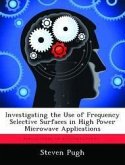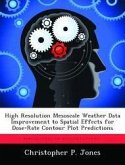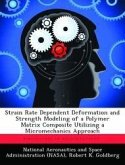Sorption and desorption of hydrophobic organic compounds (HOCs) into soil particles occurs at Air Force contamination sites. Long-term desorption extends clean up time, costing billions. Accurately modeling desorption will reduce costs and improve clean up designs. State of the art models depict soil as uniform spherical particles which lose the effect of longer sorption path lengths. An alternate approach, the multiple sites in series (MSS) model, describes the sorption capacity of a mixture of soil particle sizes and shapes using a composite particle defined by a two parameter statistical distribution. When the MSS model uses a general radial geometry function as the statistical distribution, unique parameters can not be fit to laboratory experimental data. This research employs response surface methodology (RSM) to investigate the nonunique parameter model deficiency. Analysis shows that the response surface for the general radial geometry function is a trough with no unique minimum. A unique minimum is found when the statistical distribution is changed to a gamma distribution.
Bitte wählen Sie Ihr Anliegen aus.
Rechnungen
Retourenschein anfordern
Bestellstatus
Storno









